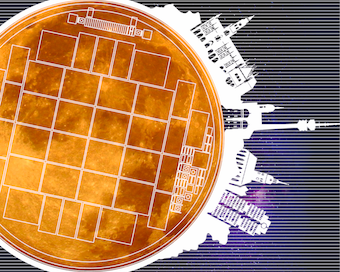Speaker
Description
Silicon pixel detectors are at the core of the current and planned upgrade of the ATLAS detector at the Large Hadron Collider (LHC). As the closest detector component to the interaction point, these detectors will be subjected to a significant amount of radiation over their lifetime: prior to the High-Luminosity LHC (HL-LHC), the innermost layers will receive a fluence in excess of 10^15 neq/cm2 and the HL-HLC detector upgrades must cope with an order of magnitude higher fluence integrated over their lifetimes. Simulating radiation damage is critical in order to make accurate predictions for current future detector performance that will enable searches for new particles and forces as well as precision measurements of Standard Model particles such as the Higgs boson. We present a digitization model that includes radiation damage effects to the ATLAS pixel sensors for the first time and considers both planar and 3D sensor designs. In addition to thoroughly describing the setup, we compare predictions for basic pixel cluster properties on leakage currents, depletion voltage, charge collection efficiency, Lorentz angle etc. with real data collected at LHC proton-proton collisions.
